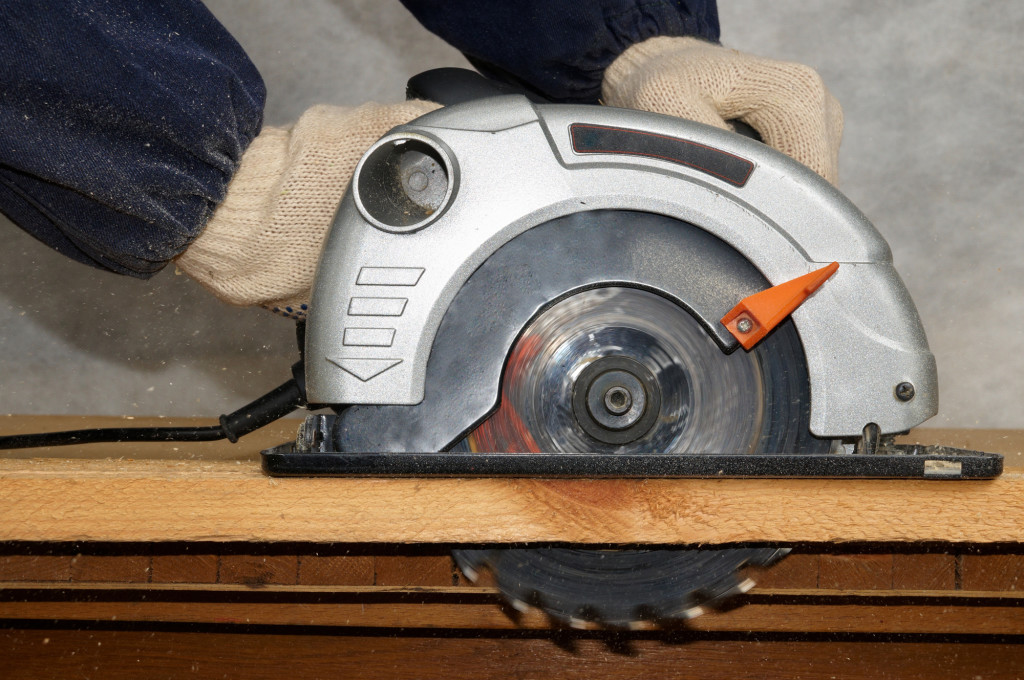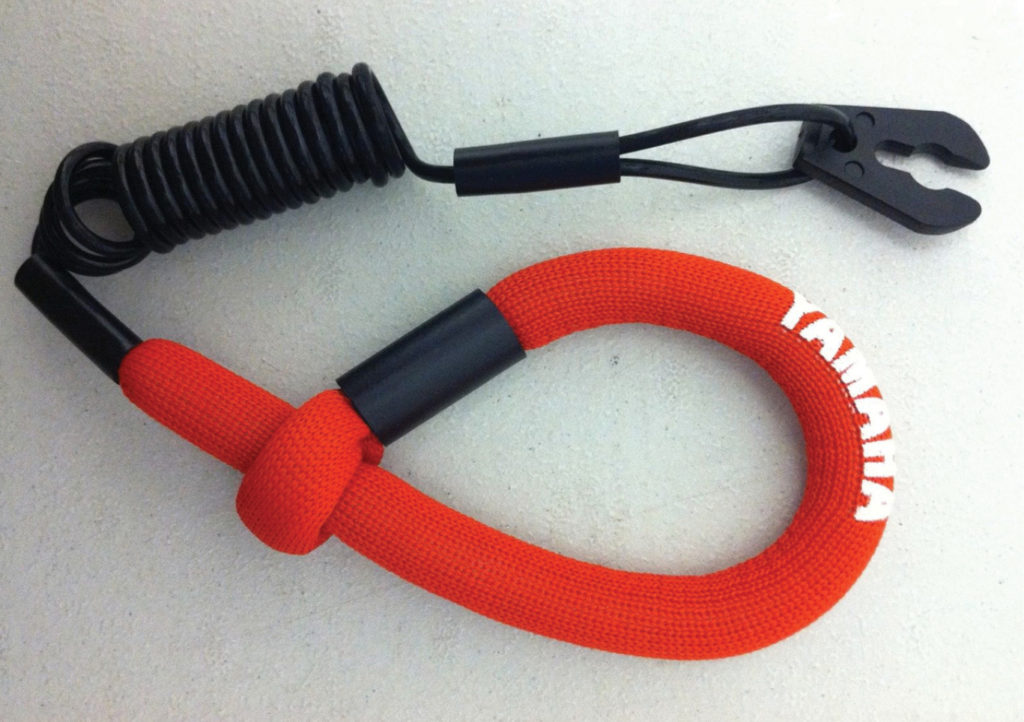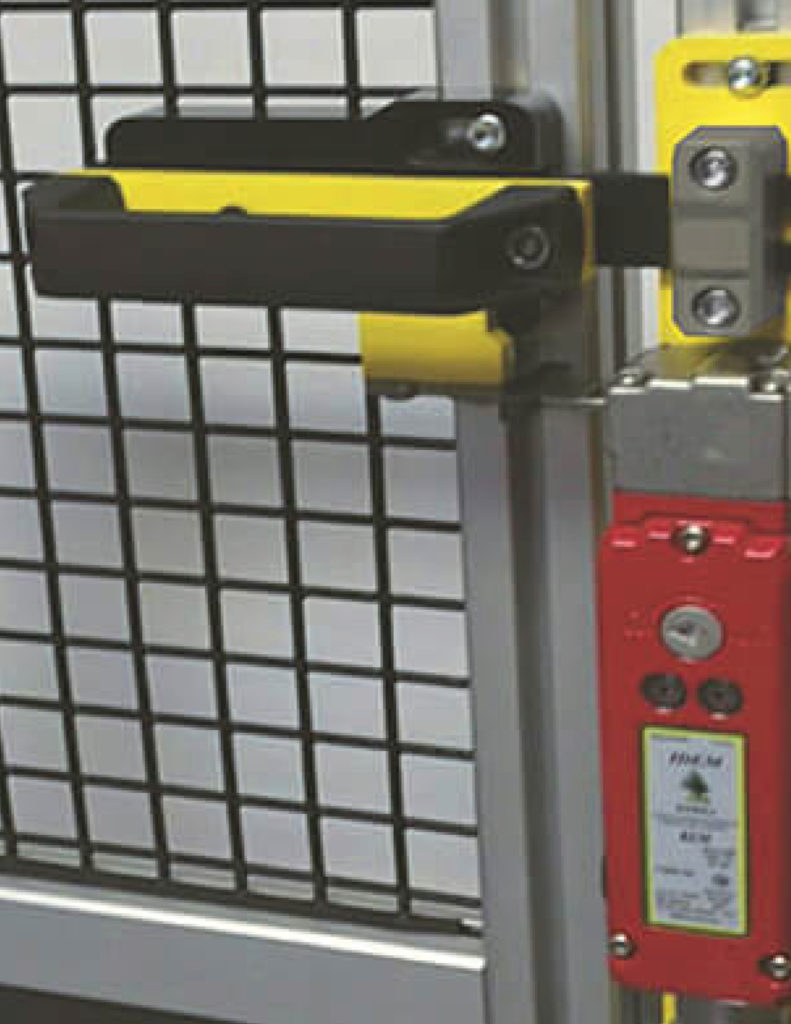Machine guards can be compared to the clothes we wear every day. Indeed, they serve a very important purpose. Imagine someone leaving their home on a fine, sunny morning wearing nothing but a smile. Wonder how far they will get through the day before things start going poorly for this individual?

There will be more than a few raised eyebrows and blushes when he stops into the local Starbucks for his usual morning double-dipped and whipped, chocolaty chip with a touch of pumpkin spice cappuccino fix. Good luck with that! Probably going to leave disappointed, empty-handed, and likely wearing handcuffs. This will be the beginning of a very long, very bad day for that individual. Had he recognized the risks associated with this type of behavior, and then put forth a little effort to cover up, he would have prevented many unfavorable and possibly life-changing personal and legal problems from ever occurring!
And so it is with properly guarding a machine. Machine safeguarding helps to protect workers from preventable injuries. A risk assessment in the early stages of designing a machine can eliminate or greatly reduce very unfavorable and possibly life-changing events from happening to an operator: losing their finger, an arm, or even their life. In the hierarchy of machine safeguarding it is best to eliminate hazards and risks altogether if possible, and this should take place during the design phase. If elimination of the hazard is not possible, then some type of guarding will need to be selected or designed that will isolate the hazardous area. Like clothing and other accessories that can be worn, such as PPE (personal protective equipment), there are many different types of guards to choose from, and each type differs in in its purpose and in the way that it is “worn”. Several of the most common guard categories are fixed, movable, adjustable, and interlocking.
Some clothing requires a lot of effort to put on and remove and often it is preferable to just leave it on as long as possible. They may have dozens of buttons or long tedious laces that take a lot of time to fasten or tighten. This can be compared to permanent or fixed machine guards. These types of guards are welded in place (fixed) or are held in place with fasteners that require effort and the use of a tool to remove them (fixed but removable). They are meant for hazardous places on machines where access is not normally required or IS required but only infrequently, such as for maintenance interventions. Types of fixed guards are distance guards and enclosing guards. An example of a distance guard would be a perimeter fence around a machine or process. Because of its physical location and dimensions, a perimeter fence can prevent or greatly reduce access to machine hazards. An enclosing guard is one that effectively surrounds a hazard and prevents access to it from all sides.
Types of clothing that are comparable to movable guards are items such as a hat with a chin strap or a pair of safety glasses with croakies attached. They effectively provide protection by covering up vulnerable parts of the body and can be held securely in place. They can easily be moved out of the way when necessary, remain attached to the body, and then moved back into place when their protection is needed again. Movable guards work in a similar manner and are used when frequent access to a hazardous area is necessary for the normal operation of a machine. Tools are not necessary for moving these types of guards and they are often self-closing. A good example of this type of guard is the lower blade guard on a portable circular saw. Contact with the material that is being cut causes the guard to rotate, exposing the blade for cutting. Once the cut is completed, the guard is free to rotate back and cover the saw blade.
PPE such as a full-body safety harness can be compared to the adjustable guard. It is something that is worn to protect users in case of a fall while working at dangerous heights. There are typically multiple straps and belts on these devices that fit around the torso, waist, and legs of the user. These straps and belts must be adjusted to fit the different sizes of people who wear them in order to effectively protect them. Tools are not required to put on or adjust a safety harness, and if you have ever worn one you know that it can sometimes take some effort to get them on and off. Necessary adjustments to the safety harness become easier as the user becomes more familiar with it. In the same sense, adjustable guards are easy to adjust without the use of tools and are not easy to remove from the machine. They will also allow access to hazard areas only when absolutely necessary, and can be fixed or movable.
Lastly, let us consider a simple lanyard and clip arrangement used in a kill switch assembly on a recreational jet ski watercraft. The lanyard is usually worn tightly around the driver’s wrist and is connected with a simple type of clip or pin to the kill switch, which is typically mounted near the jet ski’s handlebar. If the driver of the jet ski happens to fall off, or his hand moves too far from the handlebar, the clip or pin is pulled and separated from the interlocking switch which causes the jet ski’s engine to safely shut down. Reattaching the clip or pin will not restart the jet ski engine, therefore the driver will have to intentionally restart the engine himself when he is ready and it is safe to do so. This kill switch arrangement can be compared to interlocking guards on a machine. These types of guards are used with some type of interlocking device that will send a stop command to the machine controller when the guard is opened. When the guard is closed or put back in place, the machine’s hazardous parts or functions will not automatically start back up. Starting the machine back up must be done manually by the operator.
As we saw earlier, wearing clothes can play an important role in keeping unfavorable things from happening to us. More importantly, we know that the use of machine guards plays a vital role in keeping unfavorable things such as loss of limbs and even death from happening to machine operators or other nearby persons. There are many types of machine guards to select from as well as many published safety standards to help the designers and builders of machines to identify and properly guard the hazards that are present on them. Unfortunately, in this imperfect world we live in, accidents due to improper or missing guards still occur. A thorough investigation by a qualified machine guarding expert can identify whether a machine defect was present which contributed to or caused the accident, or whether something or someone else was the probable cause.
If you need an investigation of an accident involving a possible machine guarding issue, please call our experienced mechanical engineering experts at Warren.
Bob Hickman is a Licensed Professional Engineer and Certified Machinery Safety Expert. He has over 30 years of manufacturing and machine design experience in production and quality-driven environments. Bob holds a Bachelor of Science in Mechanical Engineering from Clemson University. Over his 30-year engineering career, Bob has designed many custom manufacturing machines and processes that improved quality, productivity, reliability, and safety. He designed several machines to automate manual processes, replacing inefficient/unreliable manual equipment and has assisted with plant layout/production line planning. He has significant experience with pneumatic systems and components, as well as hydraulics. Bob regularly investigates personal injury, wrongful death, and product liability claims, as well as property damage claims involving machinery and equipment in a variety of environments for both insurance adjusters and attorneys. Bob has an in-depth knowledge of many standards with emphasis on ANSI B11 standards for machine tool safety.






